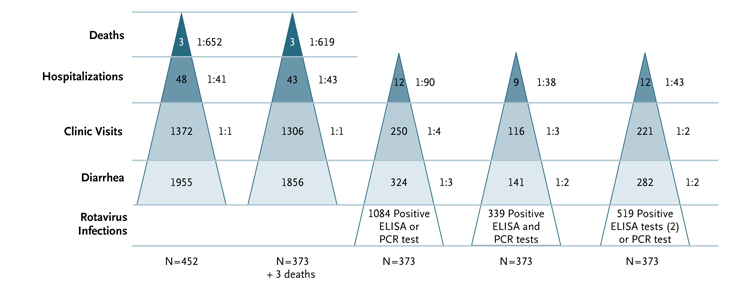Figure 1. Incidence of Diarrhea and Rotavirus Infection Detected by Stool Testing Alone in the Birth Cohort.
The two pyramids at the left show the numbers of deaths, hospitalizations, clinic visits, and diarrheal episodes in the recruited cohort of 452 children and in the cohort of 373 children who completed the 3-year follow-up, respectively; the values to the right of each pyramid are the ratios of the frequencies shown within the pyramid to the total number of diarrheal episodes. Two deaths that were not associated with diarrheal disease are not shown. The three pyramids at the right show the numbers of hospitalizations, clinic visits, diarrheal episodes, and rotavirus infections — and the corresponding ratios of these frequencies to the total number of rotavirus infections — according to the means of detection of rotavirus in stool specimens: positive finding on enzyme-linked immunosorbent assay (ELISA) or polymerase-chain-reaction (PCR) assay, the most sensitive definition; positive findings on ELISA and PCR assay, the most specific definition; or two positive findings on ELISA or one positive finding on PCR assay, the definition used here. These data do not include infections detected by means of serologic testing.

